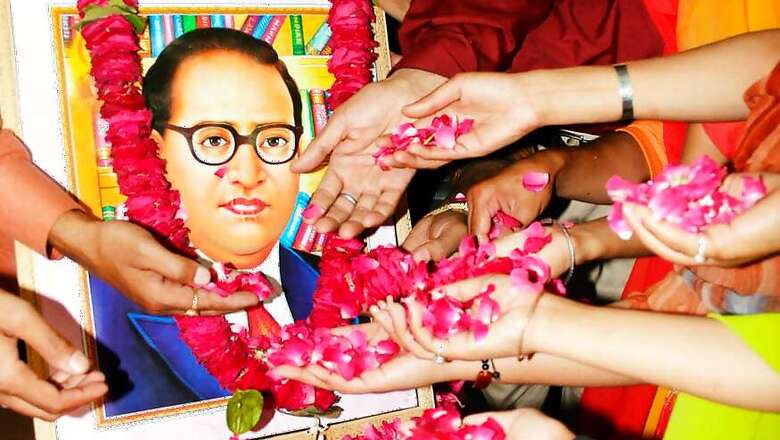
views
New Delhi: In a tiny corner of cyberspace, a website gives space to Sumeet Samos, a rapper who regularly sings about Dalit atrocities. The young rapper covers centuries of anger and anguish in under a two-and-a-half minute.
‘We grow up with casteist slurs ringing in our ears
have you ever thought it cost us our tears
I’m sure it sounds very normal
'cause you’ve been doing it for years
…when sati was a norm, women studying a taboo
then did Savitri mai [Savitri Bai Phule] fight with savarna babu
…you claim yourself progressive, it stinks of Brahminism
there are no Dalits in your radical feminism
…you keep blaming us doing politics of identity
this is to transform the social reality
a battle to reclaim human personality’
Round Table India, a website, uses not just such performances which have been viewed several thousand times, but editorials, stories of atrocity which are often missed by mainstream media, and documentaries to highlight the plight of Dalits in India. It is one of the many websites dedicatedly run by activists to provide ‘space for the widest expression of Dalit-Bahuan samaj’.
With an ever-expanding penetration of mobile phones, increasing literacy rates, and an active social media, such projects — like Dalit web portals, Youtube channels, news websites, Facebook pages, Twitter handles — and their audiences are growing rapidly.
“The Dalit and marginalised consciousness is rising, and writers and artists are deeply involved in its evolution. Their writings reflect the mood of the moment. Whether it be Una beatings, Rohith Vemula incident, anti-reservation campaigns or issue over beef. And only spaces like these portals provide a space to discuss such issues,” says Kuffir, who runs Round Table India.
Kuffir is not the first, but he is one of the most experienced editors of Dalit web portals. He started the portal back in 2009 when the only other thing of this kind was a few online archives, documenting the writings of BR Ambedkar.
“It was not a question of lack of resources, but a lack of social acceptance. Mainstream media had consistently been ignoring our issues. Then we realised that there was this area, an unorganised media on the internet, that we could stake claim to,” Kuffir says.
When he started out, Kuffir was alone. But today, the 53-year-old editor of roundtableindia.co.in has over 500 contributors to help him. “There are Sikhs, tribals, Christians, Dalits, Brahmins and Khatris from ages 18 to 80, who now work with us. We have brought this online Dalit consciousness movement to a point where our voices cannot be ignored anymore,” says Kuffir.
But while activists like Kuffir have established an online presence, the dynamic and chaotic world of web also accommodates voices such as those of Sweta Yadav. This fiery 30-year-old independent journalist is disadvantaged thrice over. Being a Yadav but talking about Dalits makes her a suspect in the eyes of both communities, she says. Those from her community call her a blot on them, and many Dalits often accuse her of working for an ulterior agenda. And then, being an independent woman journalist also exposes her to abuses from other quarters.
Yadav, who has worked in Dalit news websites like National Dastak, has just started her own Youtube channel and website focusing on Dalit and women’s issues, provocatively titled ‘Tedhi Ungli’.
“I don’t think many young people knew what feminism was before 2009. This concept was restricted to certain academic circles and elites only. But now there is a transformation setting in. Women are beginning to object to the manner in which they are spoken to. This has happened because of the internet and online portals that spoke about minority issues. This is why I think this medium is indispensable,” Yadav says.
She adds, “Where else can you expect Dalit men and women to exchange their views fearlessly? If you observe closely, you will inadvertently find Dalit women talk incessantly about politics on Facebook and Dalit portals because an awareness is setting in. Maybe you won’t find those views palatable but tell me how many mainstream publications will publish such subversive stuff?”
Portals that focus exclusively on Dalit atrocities, Yadav says, are getting far bigger audiences than ever before. “I get calls from people I don’t know asking me to write about such and such atrocity. The other day a couple called me to inform me about rape and murder of a 14-year-old girl in Madhya Pradesh. When I see such things, it empowers me. I feel that the importance of web journalism is only going to increase. And this is the right time to claim one’s space and find audiences that one never had through television.”
But to some, these portals are more than just a means of exchanging views and information. People like Ashok Das, who runs Dalit Dastak, thinks that online portals have become tools of applying pressure on mainstream media. He feels that growing audiences of such portals are forcing big media houses to take note of issues they would otherwise have ignored.
“A lot now depends on what’s going viral on Whatsapp, Facebook and Twitter groups. Dalit-oriented groups have started applying pressure here. Whenever some big incident happens, these groups ensure that the event gets talked about and eventually news organisations are forced to take notice. Our web portal, that earlier was not read by many people, now has its every article shared at least five to six thousand times.”
And with an increasing coverage of Dalit issues in mainstream publications, the curiosity among the general public in knowing Dalit icons and their contribution to the society, is also increasing.
“Take the case of Savitri Bai Phule for instance. Very few people had heard her name till a few years back. Now Google was also made to take notice of her and on her birth anniversary dedicate their doodle to her. Our medium is spreading awareness and changing the discourse on a very fundamental level,” said Das.
But are people even reading such portals? Such a doubt is easy to creep into mind considering the huge victory of BJP, and an abysmally poor show of BSP, in the recent Uttar Pradesh elections. If BJP managed to grab vote share even among Dalits and OBCs, does it not imply a disinterest among this underprivileged section of the society in such portals and their views?
HL Dusaad who has written dozens of books on BSP and on Dalit politics doesn’t think that one should measure the relevance of online Dalit awareness with the yardstick of UP polls.
“A lot of people had seen Mayawati’s fall coming. She had abandoned caste based politics altogether and was punished for it. She gave people reasons for not voting for SP or BJP but did not claim her space among Dalits and OBCs, she took them for granted. But this doesn’t mean that Dalits have started losing interest in their identity. They have started reading more and grouping together on the internet.”
And this phenomenon will only give rise to many more Dalit voices, which may be placed thousands of miles away geographically, but will find a common platform online.
Dharma’s case is a classic illustration of this. He had never met Ravi Chandran, the founder of Dalit Camera — a Youtube channel documenting Dalit voices and stories, personally. But found a connect with them after watching the work done by Chandran and his team.
“I wrote an email to Chandran, offering to volunteer for Dalit Camera. He accepted it immediately and eventually I began going outdoors, interviewing victims of caste violence and documenting such cases,” says the 28-year-old software engineer.
The Rohith Vemula incident, Dharma says, was not just a life-changing moment for him, because he got to spend a lot of time on the ground and observing the movement up close, it was also an eye-opener for the society. “It was only after portals such as ours started talking about this case that many people in privileged positions found out what being a Dalit was like. It was a big moment. Many people suddenly realised that an anti-caste struggle had been going on since Independence. English media took notice of Dalit atrocities in a way it never had.”
To the question of who is listening to, or reading news stories and opinions, on such online portals, Dharma has an answer. “Dalit Camera wasn’t as popular as it is now. But after all this time we never observed a dip or even a stagnation in our subscriptions. Our readers and followers have been steadily increasing. More young people are engaging with our portal than ever before. Student population at large is taking notice of our work and discussing it. All this is quite encouraging.”












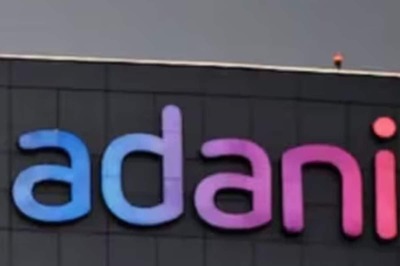


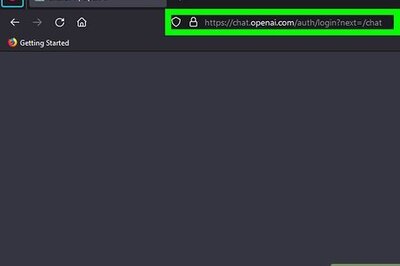

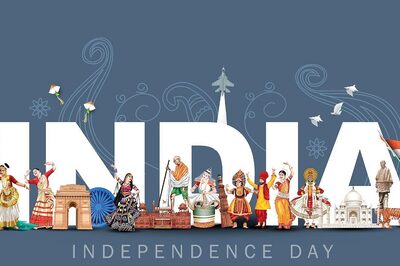
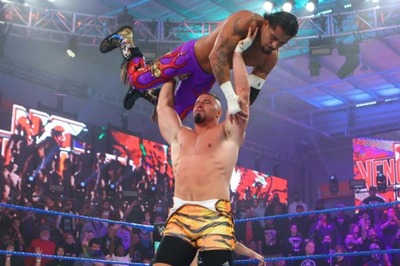
Comments
0 comment